Charting women's role in the modern navy
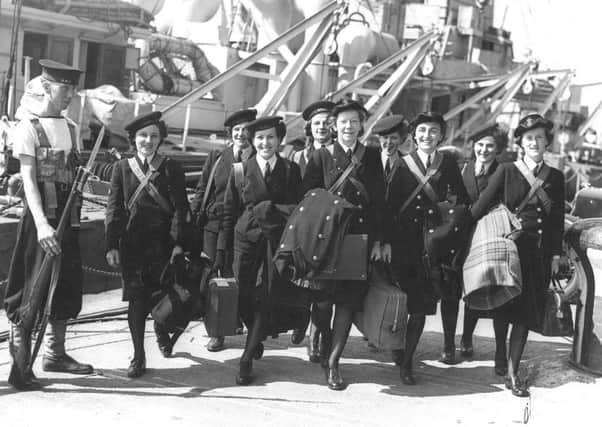

It’s a controversial move which has been furiously debated by politicians and military top brass for years.
But in July last year, then-prime minister David Cameron revealed to the world that he was lifting the ban on women in close ground fighting roles in the British military.
Advertisement
Hide AdAdvertisement
Hide AdThe decision opened up a new level of equality within the UK’s armed forces, giving women the option to serve at all levels of the nation’s military elite – including the Royal Marines and SAS.
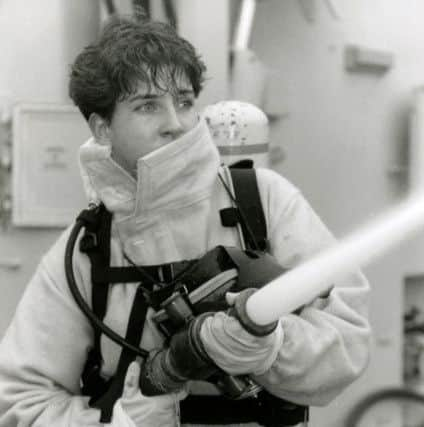

However, had it not been for the pioneering efforts of women in the Royal Navy some 100 years ago, none of this would have been possible.
And this month a new exhibition is being opened at Portsmouth’s National Museum of the Royal Navy to mark the efforts of these women.
Branded ‘Pioneers to Professionals: Women and the Royal Navy’, the display will focus on the history of women in the Senior Service, as well as the critical role they played during the tail-end of the First World War.
Advertisement
Hide AdAdvertisement
Hide AdMore than 5,500 women from all walks of life answered the nation’s desperate call for support in 1917, with many later becoming the founders of the Women of the Royal Naval Service (WRNS), known as Wrens.
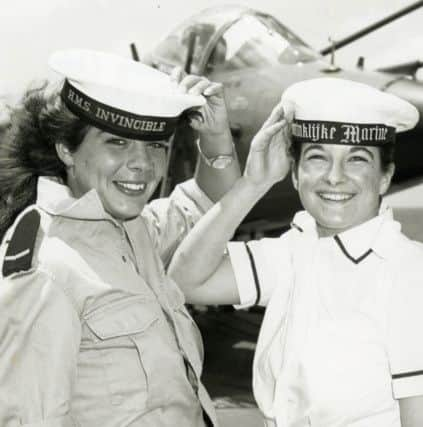

Victoria Ingles is the curator of the exhibition and has been working on it for many months. She says: ‘The support these women provided to the navy was essential. There had been quite a high attrition in the navy. So much focus was on what the army was doing.
‘But the navy were heavily involved in operations too and they had suffered a high rate of attrition. They were completely depleted and had trouble getting the numbers out to sea to maintain the blockades.’
The exhibition, which will open to the public on February 18, is focusing on the history of women in naval service.
Advertisement
Hide AdAdvertisement
Hide AdIt will also reveal some less-known stories of women in the Senior Service dating right back to the age of sail, more than 250 years ago.
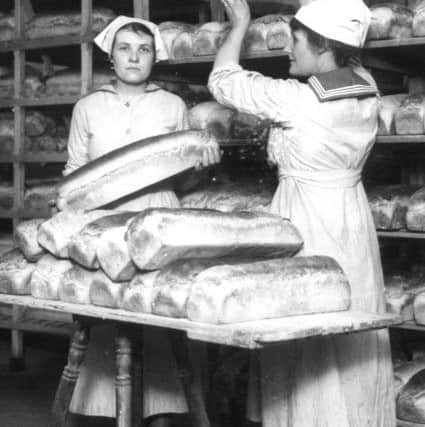

Many of these women had to disguise themselves as men to serve in the navy.
One of those was Portsmouth woman Mary Lacy, who was better known by her fellow sailors as William Chandler.
She served in the Royal Navy, first on HMS Sandwich and later HMS Royal Sovereign, from 1759 to around 1764, before becoming an apprentice shipwright at Portsmouth Dockyard.
Advertisement
Hide AdAdvertisement
Hide AdShe obtained her certificate in 1770. When she had to give up work due to failing health, she finally revealed she was a woman and successfully obtained a pension from the Admiralty.
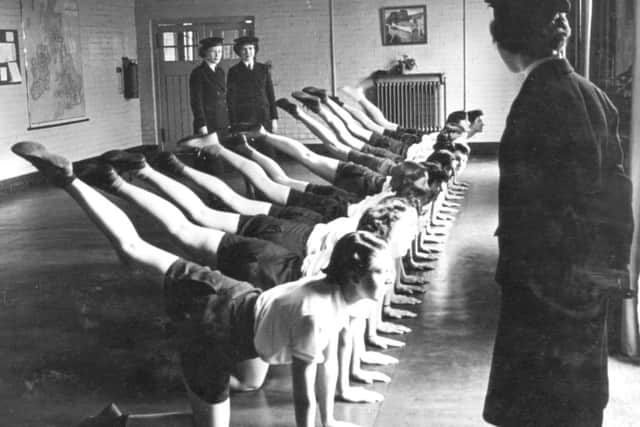

Victoria adds: ‘There were about 20 instances of women appearing as having disguised themselves as men in the navy. It is quite surprising that some got away with it as long as the did.
‘But it was a period when there was constant fighting. Any willing volunteers were welcomed without many questions. They just needed the personnel.’
This all changed in 1884 when the first female uniformed service, the Naval Nursing Service, was launched. This was later renamed the Queen Alexandra’s Royal Naval Nursing Service in 1903.
Advertisement
Hide AdAdvertisement
Hide AdBut with the outbreak of the First World War, the navy urgently needed additional manpower and in 1917 the WRNS was created.
The service boomed with more than a fifth of the female workforce – some 1,148 in all – being employed in Portsmouth.
Portsmouth North MP, Penny Mordaunt – herself a reservist in the Royal Navy – says the efforts of these women was inspirational.


‘It can’t be understated, the vital role that women played in helping form our nation’s modern armed forces,’ she adds. ‘These women had a profound and unprecedented impact on social change in Britain.
Advertisement
Hide AdAdvertisement
Hide Ad‘They have been an inspiration to future generations of women and will continue to be so. So I’m delighted their efforts are being recognised by this exhibition.’
The display will also highlight the impact women have had in later conflicts across the globe, as well as during the Cold War.
Objects on show range from rare First World War ratings’ uniforms to an oboe owned by a member of the Royal Marines Band Service.
The exhibition will also shine a light on the problems many pioneering female sailors faced, and feature items unearthed from a ‘time capsule’ buried at Royal Naval Air Station Culdrose, in 1974 by the then head of the WRNS, Commandant Mary Talbot.
Advertisement
Hide AdAdvertisement
Hide AdIt contained everyday items that defined the life of those in the service, including badges, descriptions of their trades, clothing and official documents.
Victoria adds: ‘Historically the work of naval women was rarely recorded and often overlooked, yet thousands have actively contributed to worldwide naval operations over centuries.
‘During this time women have undertaken a huge range of jobs and have often confounded expectations about what they could do and this exhibition seeks to bring some of these inspirational stories to attention.’
The public opening is taking place on Saturday, February 18. An official exhibition launch will be held later, on Wednesday, March 8, with Princess Anne, to mark International Women’s Day.